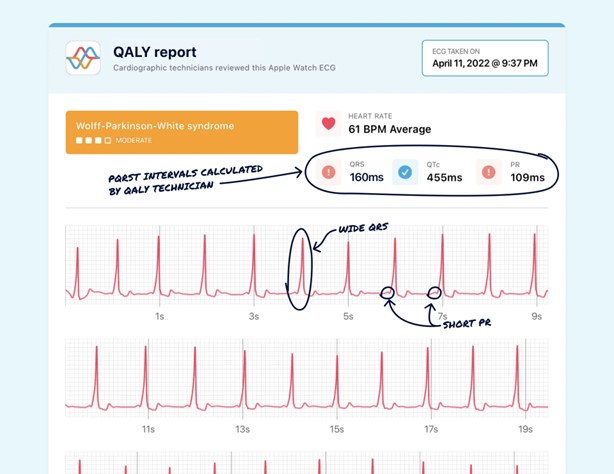The patient who has a serum magnesium level of 1.4 mg/dL is being treated with dietary modification. Which foods should the nurse suggest for this patient?
Romaine lettuce.
Lean red meat.
Almonds.
White rice.
Correct Answer : A,C
Choice A rationale:
Romaine lettuce is a good dietary source of magnesium. Since the patient has a low serum magnesium level, suggesting foods rich in magnesium like romaine lettuce can help improve magnesium levels.
Choice B rationale:
Lean red meat is not a good suggestion for a patient with low magnesium levels. While it contains magnesium, it is not as rich in magnesium as some other food choices.
Choice C rationale:
Almonds are a good dietary source of magnesium and can be recommended to the patient with low magnesium levels to help increase their magnesium intake.
Choice D rationale:
White rice is not a significant source of magnesium and may not be helpful in improving the patient's low magnesium levels.
Choice E rationale:
Seafood is a good source of various nutrients but is not particularly rich in magnesium compared to other options like almonds and romaine lettuce. Thus, it may not be the best suggestion for the patient's low magnesium levels.
Nursing Test Bank
Naxlex Comprehensive Predictor Exams
Related Questions
Correct Answer is C
Explanation
Widened QRS Complexes.
Choice A rationale:
Hyperactive deep tendon reflexes are not typical findings in respiratory acidosis. They are more commonly associated with conditions like hypocalcemia or hypercalcemia.
Choice B rationale:
Warm, flushed skin is not directly related to respiratory acidosis. It is not a typical manifestation of this acid-base imbalance.
Choice C rationale:

Widened QRS complexes on an ECG are characteristic findings in respiratory acidosis. Acidosis can lead to changes in the electrical conduction of the heart, resulting in QRS complex widening.
Choice D rationale:
Bounding peripheral pulses are not directly associated with respiratory acidosis. They may be seen in conditions like hyperthyroidism or anemia but are not specific to respiratory acidosis. Remember, always interpret lab results and clinical findings in the context of the patient's overall condition, medical history, and other relevant factors to provide the best care possible.
Correct Answer is C
Explanation
Choice A rationale:
While acute renal failure can affect phosphorus levels, potassium is the electrolyte most commonly affected in this condition. Kidneys play a crucial role in regulating potassium levels in the body, and when they fail, potassium levels can become dangerously elevated.
Choice B rationale:
Acute renal failure can lead to alterations in magnesium levels, but potassium is typically more affected. Magnesium imbalances may occur but are not the primary concern in this condition.
Choice C rationale:
As mentioned earlier, potassium imbalances are common in acute renal failure. The nurse should closely monitor the patient's potassium levels and be prepared to intervene if they become too high or too low.
Choice D rationale:
Calcium levels may also be affected in acute renal failure, but potassium remains the most critical electrolyte to monitor in this condition.
Whether you are a student looking to ace your exams or a practicing nurse seeking to enhance your expertise , our nursing education contents will empower you with the confidence and competence to make a difference in the lives of patients and become a respected leader in the healthcare field.
Visit Naxlex, invest in your future and unlock endless possibilities with our unparalleled nursing education contents today
Report Wrong Answer on the Current Question
Do you disagree with the answer? If yes, what is your expected answer? Explain.
Kindly be descriptive with the issue you are facing.
